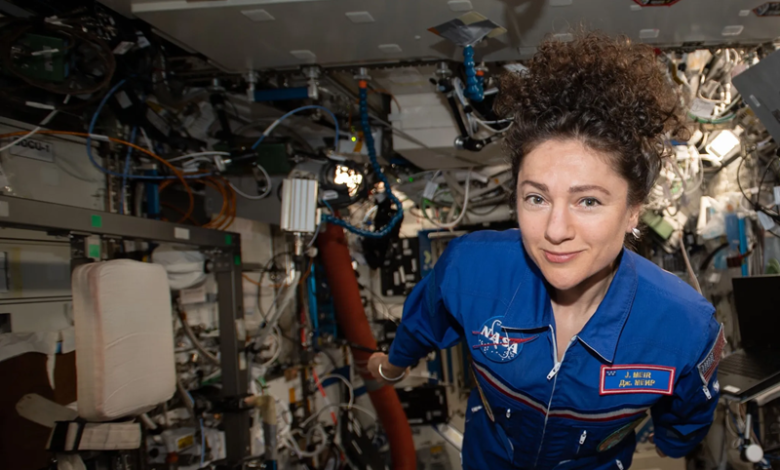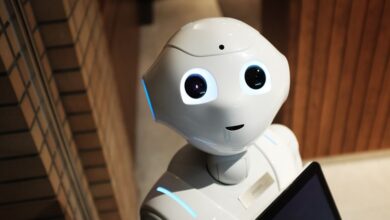Life on the International Space Station: How Astronauts Live and Work in Space

News Mania Desk/Agnibeena Ghosh/12th August 2024
Living in space is an extraordinary experience that demands adaptation to an entirely new environment. The International Space Station (ISS) serves as a home and workplace for astronauts who live there for months at a time. Despite the challenges, astronauts have learned to perform everyday activities in a microgravity environment while contributing to vital scientific research.
A Unique Environment
The ISS orbits Earth at an altitude of approximately 408 kilometers (253 miles), traveling at a speed of about 28,000 kilometers per hour (17,500 miles per hour). In this microgravity environment, astronauts experience near-weightlessness, making even the simplest tasks, like eating or sleeping, a unique challenge. Every aspect of life on the ISS is adapted to accommodate the absence of gravity.
Daily Routine and Work
Astronauts on the ISS follow a structured daily schedule to maintain both physical and mental well-being. Their day typically begins with a wake-up call, followed by a hygiene routine, breakfast, and a review of the day’s activities. The majority of their day is spent conducting scientific experiments that cannot be performed on Earth. These experiments cover a wide range of fields, including biology, physics, astronomy, and materials science, providing insights that contribute to advancements in technology and medicine.
Communication with mission control on Earth is also a crucial part of their day. Astronauts receive instructions, discuss ongoing experiments, and report on the status of the ISS. They also have regular health check-ups and participate in video conferences with experts on the ground.
Physical Exercise
Maintaining physical fitness is critical for astronauts, as prolonged exposure to microgravity can lead to muscle atrophy and bone density loss. To counteract these effects, astronauts spend about two hours each day exercising using specialized equipment. The ISS is equipped with a treadmill, a stationary bike, and a resistance machine called the Advanced Resistive Exercise Device (ARED). These devices are designed to provide effective workouts despite the lack of gravity, helping astronauts stay healthy during their mission.
Eating in Space
Eating on the ISS is another aspect of daily life that differs significantly from Earth. All food is carefully packaged and must be prepared to prevent crumbs or liquids from floating around, which could damage equipment or be inhaled. Astronauts enjoy a variety of foods, from freeze-dried meals to thermostabilized pouches, which they rehydrate or heat before eating. The menu includes fruits, vegetables, meats, and even desserts, with efforts made to provide a balanced diet that meets the nutritional needs of each crew member.
Sleeping in Space
Sleeping in a weightless environment requires adjustment. Astronauts sleep in individual sleeping quarters equipped with sleeping bags that are tethered to the wall to prevent them from floating around. The quarters are designed to provide privacy and noise reduction, allowing astronauts to get a good night’s sleep. However, the experience of floating while sleeping can be disorienting, and it often takes time for astronauts to get used to it.
Leisure and Communication
Despite their busy schedules, astronauts have time for leisure activities. They often spend their free time reading, watching movies, playing musical instruments, or simply gazing at Earth through the ISS’s windows. This downtime is essential for mental well-being, providing a break from the intense demands of their work.
Astronauts also maintain communication with their families through emails, video calls, and social media. Staying connected with loved ones on Earth helps them cope with the isolation and distance from home.
Conclusion
Living on the International Space Station is a remarkable experience that requires adaptation, discipline, and teamwork. Astronauts have developed ways to manage the challenges of microgravity while continuing to advance scientific knowledge. Their work on the ISS not only contributes to our understanding of space but also inspires us to push the boundaries of what is possible in human exploration.






